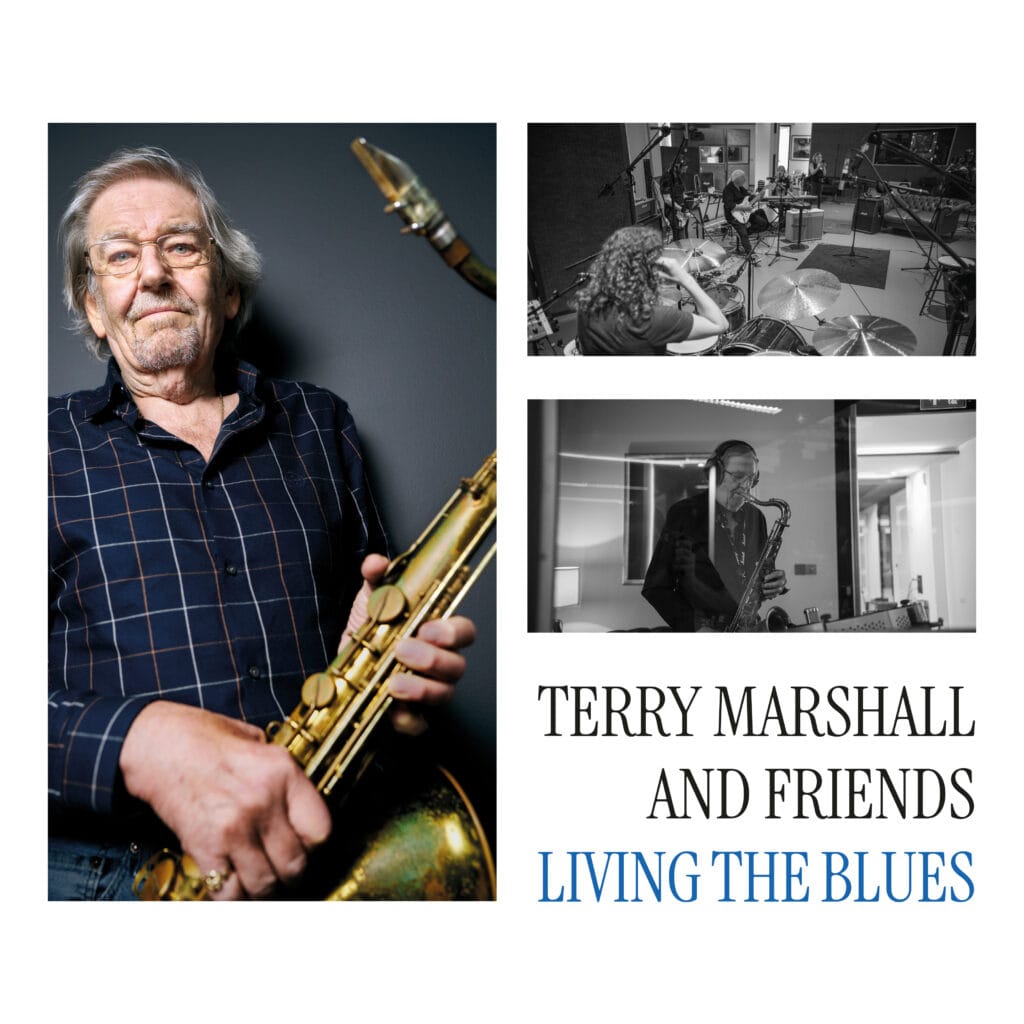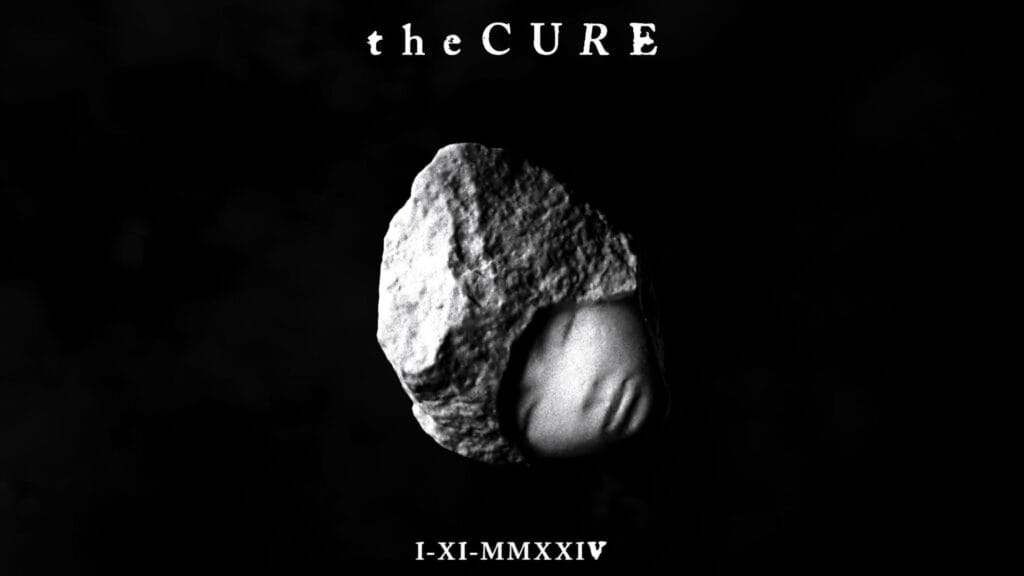In his debut album, Living the Blues, Terry Marshall—a name synonymous with rock ‘n’ roll amplification thanks to his family legacy—finally steps into the spotlight as a musician. Long overshadowed by the famed Marshall amps his father, Jim Marshall, invented, Terry offers fans a refreshing, spontaneous twist on Chicago blues classics. Releasing his first recorded project in October, Marshall enters the blues world as an unexpected but potent newcomer, injecting each track with raw, unpolished energy that brings a live-session vibe to this studio recording.

To create Living the Blues, Marshall assembled an eclectic roster of top-notch British musicians, all of whom embraced his unconventional process: no rehearsals, just real-time jams. This risk paid off in big ways, capturing an exhilarating sense of discovery in every track. Opening with classics like “Hoochie Coochie Man” and “Help Me,” he sidesteps the pitfalls of predictability, turning these oft-heard tunes into vibrant new renditions filled with electric spontaneity.
The album’s standout moments showcase vocalists Alice Armstrong and Zoe Schwarz, who dig deep into Koko Taylor’s “Voodoo Woman.” Together with Marshall’s sax, their fiery performances resonate with a raw, live-in-the-room intensity. Another highlight is the Latin-tinged “Long Grey Mare,” where guitarist Robin Bibi’s soulful vocals and deft interplay with Marshall’s saxophone elevate Peter Green’s piece to an album favorite.

Marshall’s rendition of J.C. Johnson’s lesser-known “Me and My Gin” stands as one of the most intense and memorable tracks. Clocking in at nearly 10 minutes, it sways and smolders, with Marshall’s sultry sax gliding over a slow, scorching blues beat. The rhythm section of bassist Nick Simper and drummer Paul Gordon White drives the track, grounding it with a steady pulse that lets the band explore improvisational freedom.
Covering Aretha Franklin’s “Dr. Feelgood” is a daunting choice, but singer Emma Watson tackles it with a restrained intensity, balancing reverence for the original with her unique phrasing. And in Robert Cray’s “Phone Booth,” she again impresses, bringing a Cowboy Junkies-like delicacy that contrasts beautifully with Marshall’s sax, which alternates between smoothness and grit.
The closing track, “Smokestack Lightning,” featuring singer and harmonica player Hugh Budden, pays homage to Howlin’ Wolf without falling into imitation. Budden’s vocals and harmonica mesh with Marshall’s growling sax, bringing the album to a soulful, satisfying finish that feels like a live performance fading into the night.
Marshall’s Living the Blues shows that even though he arrived late to the recording scene, he has the skill and intuition to create blues that are as alive, gritty, and powerful as any veteran’s work.










